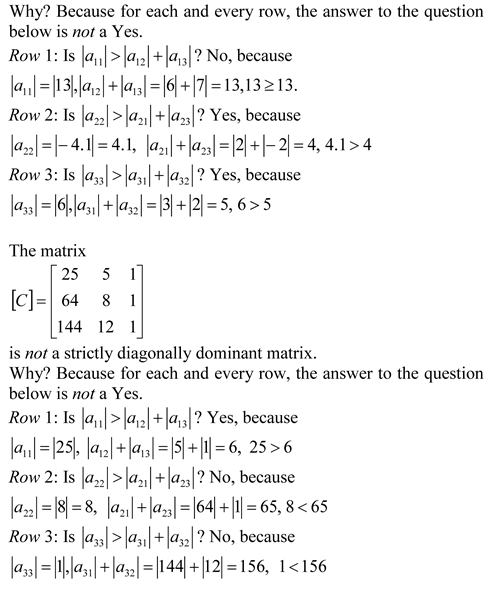Many university STEM major programs have reduced the credit hours for a course in Matrix Algebra or have simply dropped the course from their curriculum. The content of Matrix Algebra in many cases is taught just in time where needed. This approach can leave a student with many conceptual holes in the required knowledge of matrix algebra.
In this series of blogs, we bring to you ten topics that are of immediate and intermediate interest for Matrix Algebra.
Here is the third topic where we talk about binary operations of matrices – subtraction, addition, and multiplication. Linear combination of matrices and rules of binary operations are discussed. Get all the resources in form of textbook content, lecture videos, multiple choice test, problem set, and PowerPoint presentation.
This post is brought to you by
- Holistic Numerical Methods Open Course Ware:
- Numerical Methods for the STEM undergraduate at http://nm.MathForCollege.com;
- Introduction to Matrix Algebra for the STEM undergraduate at http://ma.MathForCollege.com
- the textbooks on
- the Massive Open Online Course (MOOCs) available at


